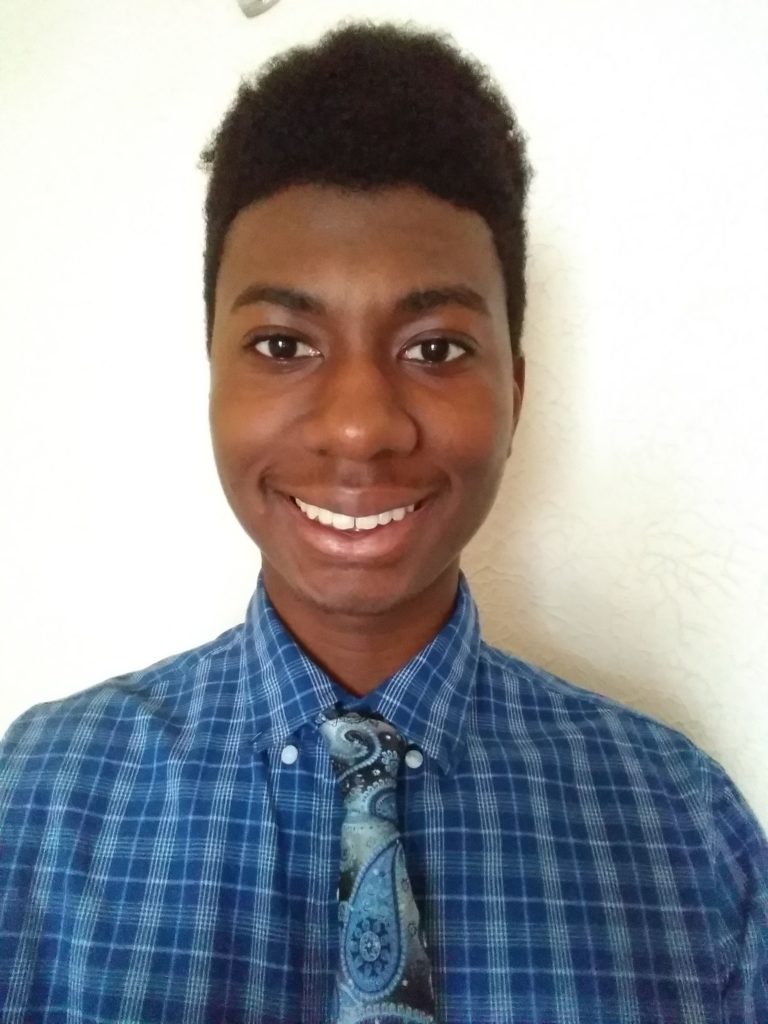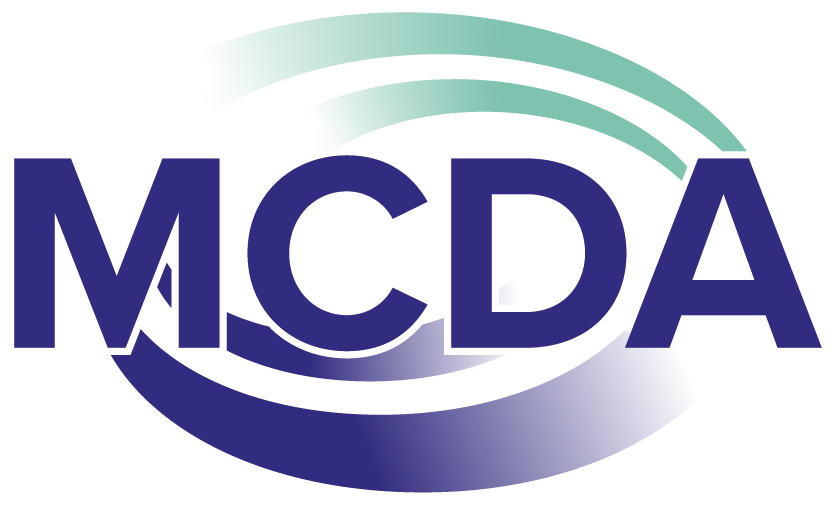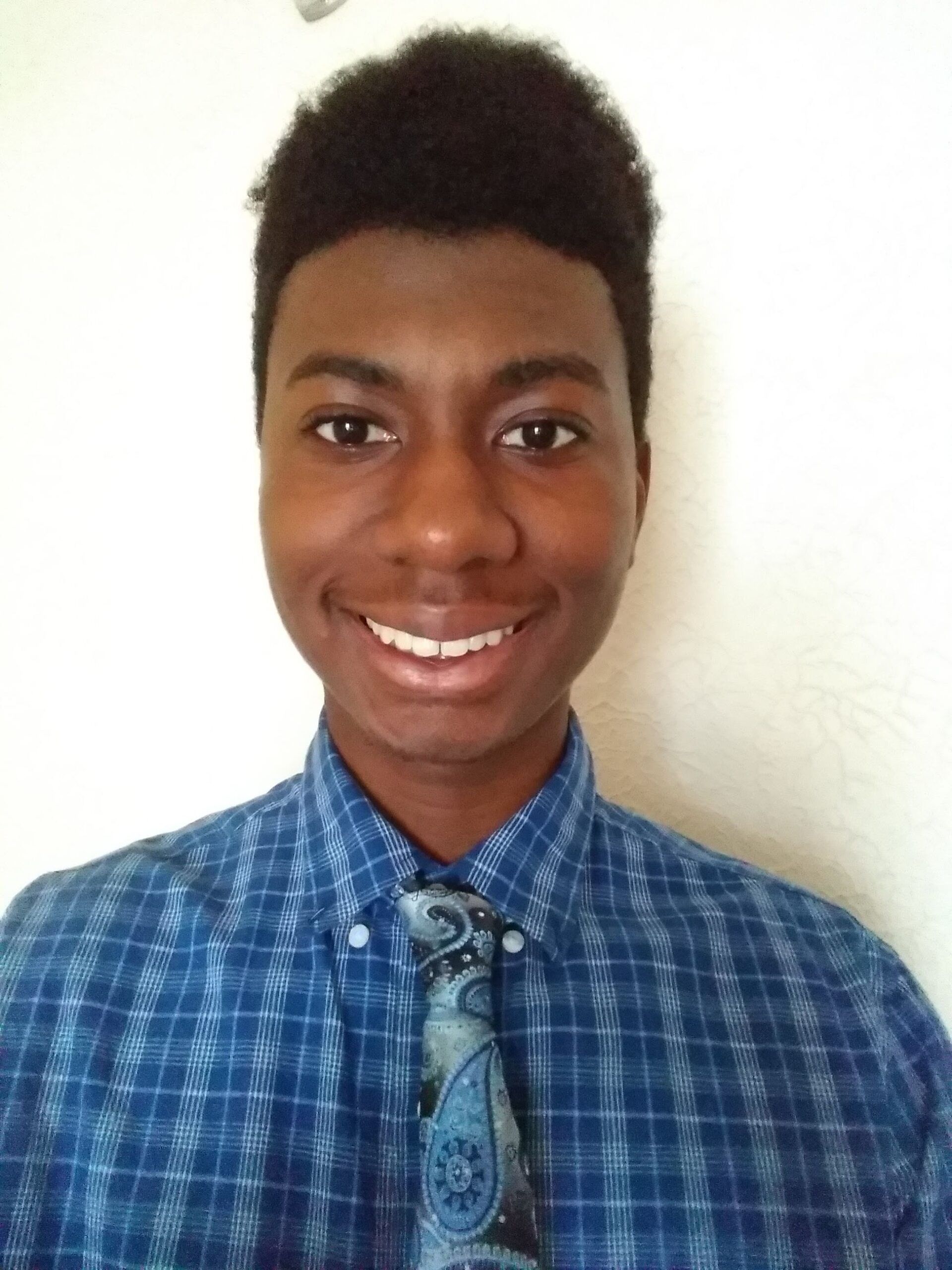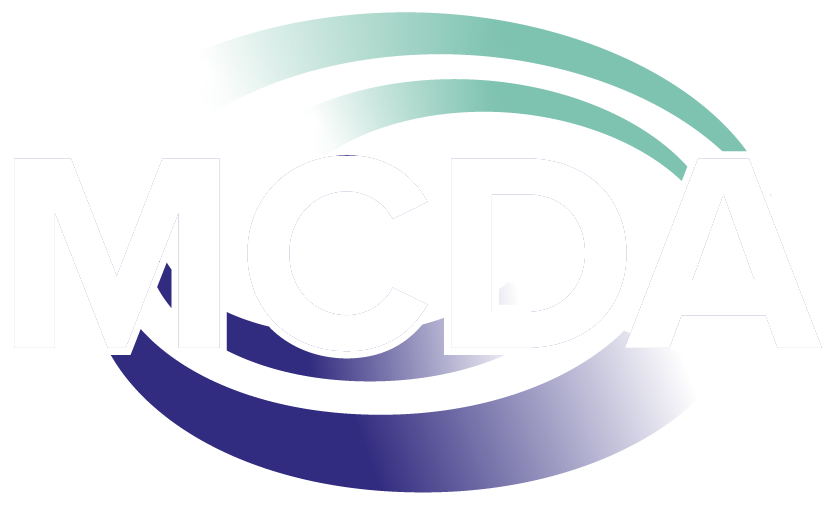
Guest Blog: Stephon Frimpong, Human Resource Development Intern, University of Minnesota Law School
“Disability is a matter of perception. If you can do just one thing well, you’re needed by someone.†Martina Navratilova, a Czechoslovak-born American former professional tennis player and coach. In this article I will talk about and explain ways to make your department or office accessible for people with disabilities, which can be students, co-workers, colleagues, clients, etc. I am currently a Human Resource Development Intern in the Career Center at the University of Minnesota Law School. I conduct different activities within the Career Center to fulfill my internship goals and have gained valuable experience. For one of my goals I was to assess the accessibility of the University of Minnesota Law School’s Career Center to find out if it had accommodations for people with disabilities.
I want to share my research and findings with you to help you reflect and determine if your own department/office is accessible for people with disabilities.To conduct my research I interviewed Daniel Trainer, the University of Minnesota’s Disability Resource Center Access Consultant. We had an in depth conversation that provided me with great information and knowledge on different disabilities requests that he frequently assists with. Here are some of the highlights of the conversation:
What are the most common disabilities your office works with?
“We get students with mental disabilities about 54% of the time. There are primary barriers that students go through. Students each have their own barrier which can be anxiety, stress, paranoia,etc. My team and I need to help the student figure out which barrier they are stuck at. And go through a step process to figure out the best course of action to help them cope with it and function in school.†When Daniel told me that the majority of the students that come in to the Disability Resource Center was 54% mental health that shocked me. I always viewed people with disabilities as physical kinds such as someone in a wheelchair, or with imparied hearing. But there are many other disabilities which can be invisible.
Are there signs or ways we can notice a student with an invisible disability?
“It’s hard to notice especially if they don’t disclose that information to you, but some signs to look for are body language. Such as, not engaged with the material or meeting, they are not able to focus clearly.†These are some really good tips counselors and colleagues can use when meeting with someone. It is important to recognize those signs to help the person thrive.
Would creating an information sign with different common disabilities to look for be a useful resource? Why or why not?
“Having visual aids work well to make sure that everyone knows the signs to look for. Having stress balls for students with anxiety. If there’s students that are blind or deaf, ask “how can I guide you?â€. Don’t react, ask first if there is anything you can do to help the person.†I think that is very important, to not just jump to the conclusion that someone with a disability needs assistance right away. I feel people may assume they should help someone because it’s the right thing to do. But, first it is important to make sure it’s okay by asking the person with a disability if they need any help in anyway. I really enjoyed my time with Dan. He gave me a lot of good insight and information on how the Disability Center helps students with different types of disabilities. I, for one, did not realize that mental health was the top disability their center works with students and was astonished by the percentage.
Here is a breakdown of by percentage of a few different disabilities reported by the University of Minnesota Twins Cities Faculty and Staff in 2019:
- 30% Chronic Health Conditions
- 20% Mental Health Conditions
- 15% Back/Neck Injuries
- 12% Mobility/Physical Disabilities
- 11% Upper Extremity Conditions
- 2% Deaf/Hard of Hearing and Blind/Vision Loss
What can your department do to help accommodate people with disabilities? Here are some best practices professionals can use in work spaces and meetings to make both inclusive and more accessible. Below are tips from the Disability Resource Center’s handout, “Creating Accessible & Inclusive Meetings or Eventsâ€:
Accessible Work Space:
- Ensure that people with mobility aids and personal assistants can use the bathrooms with the building.
- Provide professional sign language interpretation and real time captioning.
- Understand that no single accommodation will work for all disabled people. One solution doesn’t fit all, but increased access does benefit everyone.
- Choose locations for community events near public transportation.
To learn and read more on best practices for work space setting here is a link to the UMN Disability Resource Center webpage:https://disability.umn.edu/
Inclusive Work Meetings:
- Ensure the space is large enough where the meeting will be held at.
- Accommodate for wheelchair accessible seating and paths throughout the space.
- Provide a variety of seating and table options (e.g. table heights, styles, sizes).
- Print preferred names on name tags in large, dark font colors.
- Provide copies in Braille (if requested).
Conducting my informational meeting with Daniel Trainer was beneficial and eye opening to me, as I learned a lot about a category of disabilities that I didn’t before consider. Usually most departments and work offices already have some procedures in place to accommodate employees or clients with disabilities. But I hope that it can serve as a useful resource to review and see if you can update or add anything to what is already in place. I hope the information you take away from this article is useful and makes you analyze what practices you already have in the workplace to accommodate people with disabilities or what can be designed to make it well-rounded.
Would you like to write for the MCDA blog? Do you have a graduate student or intern that would like to highlight their work? Connect with us at minncareerdevelopment@gmail.com


